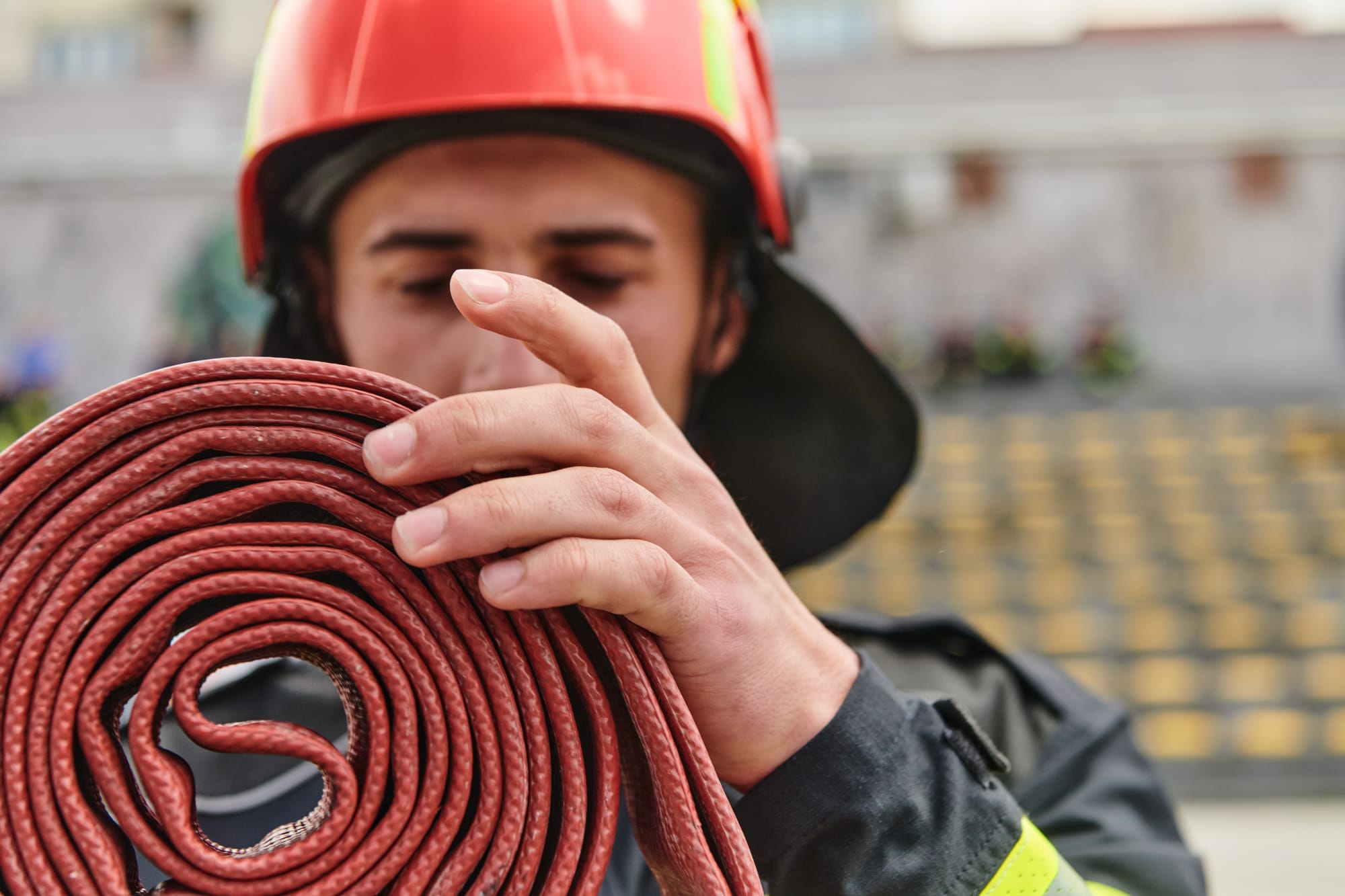Climate Disaster Preparedness

Disaster preparedness includes all actions taken in advance of a disaster to enable effective response and recovery. Unlike prevention, which aims to stop disasters, preparedness focuses on readiness—ensuring systems, institutions, and individuals are organized and capable of acting efficiently when a hazard strikes¹.
Core Elements of Preparedness
- Multi-hazard Early Warning Systems: Weather monitoring, hazard modeling, and communication tools that deliver real-time alerts.
- Community Engagement: Training, public awareness, drills, and local emergency committees that empower people to respond independently.
- Contingency Planning: Pre-defined roles, protocols, evacuation routes, and staging areas for different disaster scenarios.
- Resource Prepositioning: Stockpiling emergency food, medicine, shelter kits, and fuel in strategic hubs.
- Institutional Readiness: Coordination structures across government levels and agencies (health, transport, security).²
Preparedness also includes legal preparedness—ensuring governments have frameworks to quickly mobilize resources, override market controls (e.g., price gouging), or declare emergency powers.³
Measuring Preparedness
The Preparedness Index developed by the INFORM platform evaluates countries based on risk knowledge, institutional readiness, infrastructure, and communication systems. Countries with high scores—like New Zealand and South Korea—invest consistently in capacity-building, drills, and education.⁴
Case Studies
- Bangladesh has reduced cyclone deaths by over 95% in 50 years through shelters, warning systems, and training 65,000 volunteers.⁵
- Cuba’s all-of-government approach ensures full mobilization of security forces, transport, and medical units before hurricanes.⁶
- Nepal trains local disaster management committees and school groups in earthquake response.⁷
Inclusivity and Equity in Preparedness
Preparedness must be gender- and disability-sensitive. Evacuation plans that ignore women’s mobility constraints or fail to stock menstrual hygiene items risk excluding critical needs.⁸ Communication must reach all populations, including in indigenous languages and via accessible formats for people with visual or hearing impairments.⁹
Climate Change and Preparedness
As global warming alters the frequency and type of disasters, preparedness is central to climate adaptation. For example:
- Drought-prone regions are investing in community rainwater harvesting plans.
- Urban areas are developing heat action plans, with thresholds for opening cooling centers and issuing health warnings.¹⁰
Footnotes
- UNDRR. (2022). Disaster Preparedness. https://www.undrr.org
- WHO. (2017). Emergency Preparedness Framework. https://www.who.int
- IFRC. (2020). Disaster Law and Legal Preparedness. https://www.ifrc.org
- INFORM. (2023). Global Preparedness Index. https://drmkc.jrc.ec.europa.eu
- World Bank. (2020). Cyclone Risk Management in Bangladesh. https://www.worldbank.org
- UNDP. (2021). South-South Cooperation in DRM: Cuba Case. https://www.undp.org
- UNDRR. (2022). Nepal Community Preparedness Guide. https://www.undrr.org
- UN Women. (2020). Gender and DRR Toolkit. https://www.unwomen.org
- Handicap International. (2019). Inclusive DRR Guidelines. https://www.hi-us.org
- Red Cross Climate Centre. (2022). Heatwave Action Plans. https://www.climatecentre.org
Photo: Getty Images licenced via SITE123
Disaster planning
Disaster training
Supply management
Domestic cooperation
International cooperation
Early warning
Emergency declaration